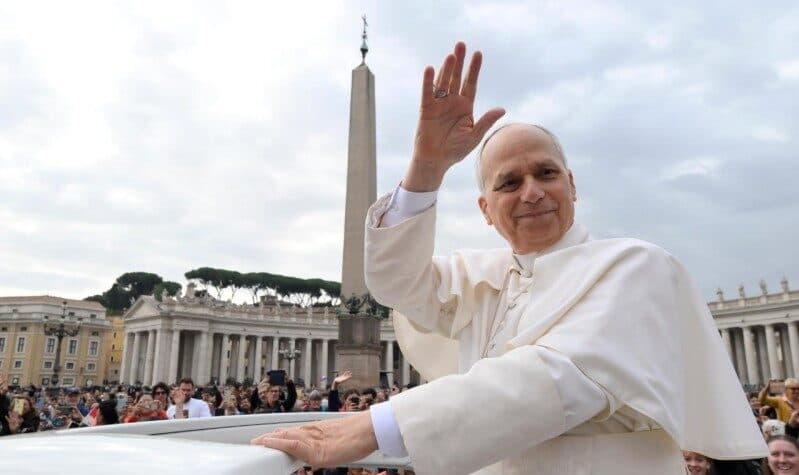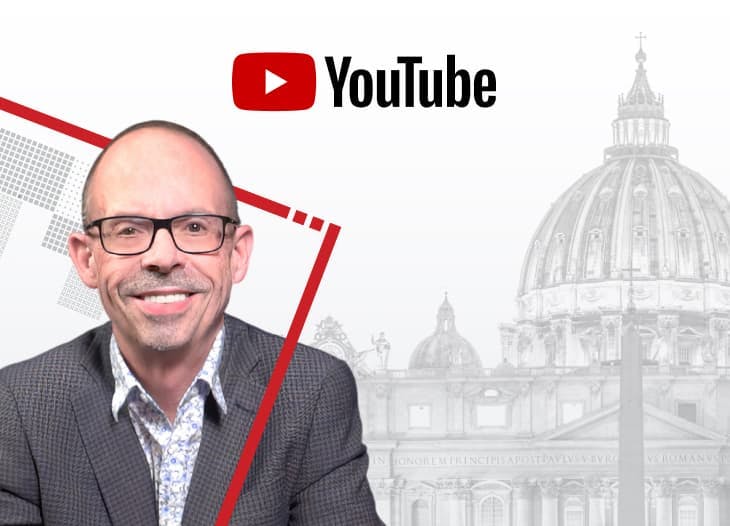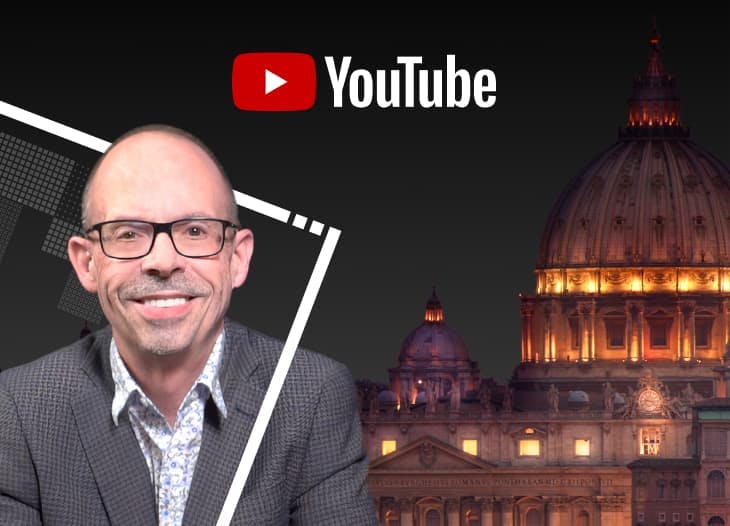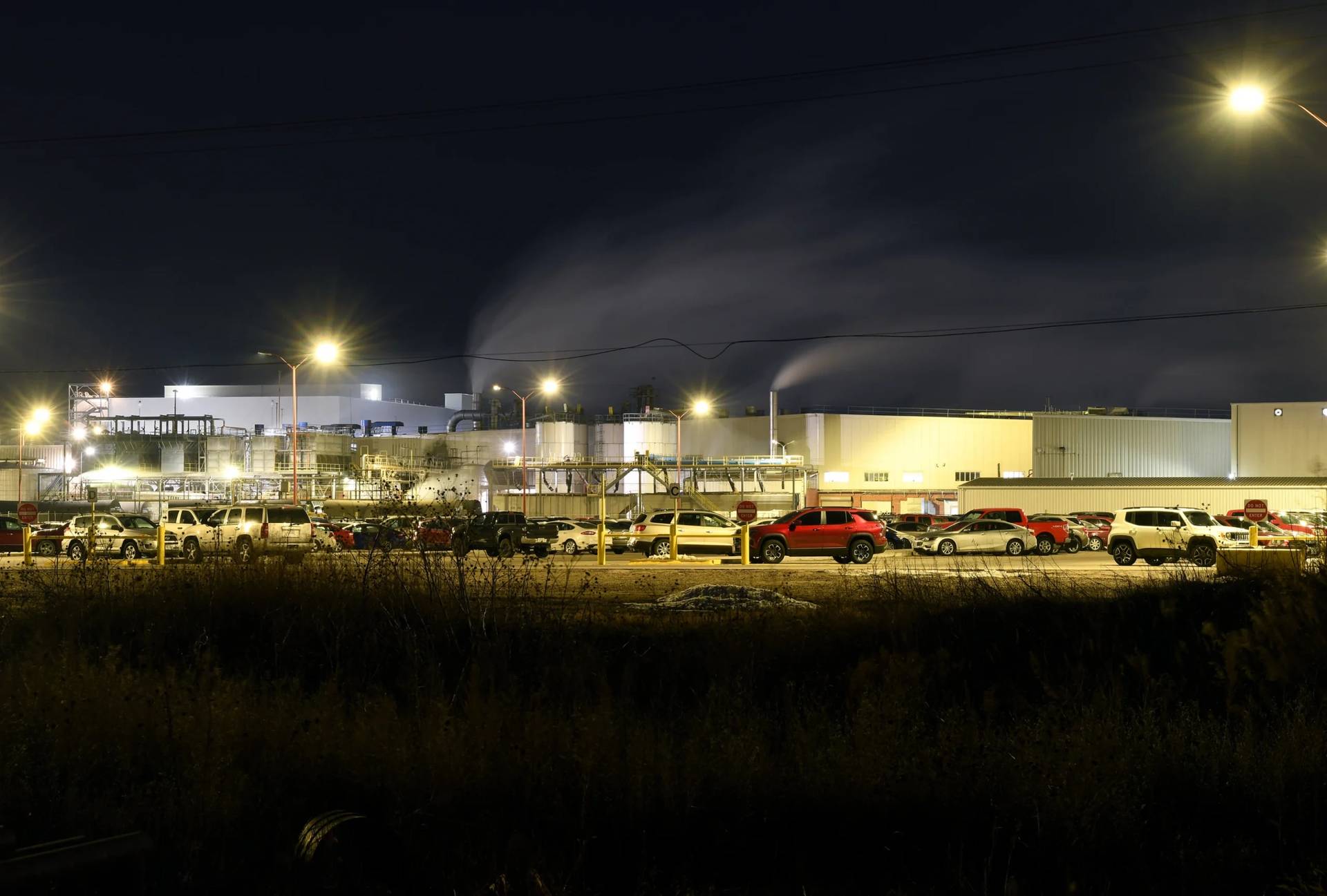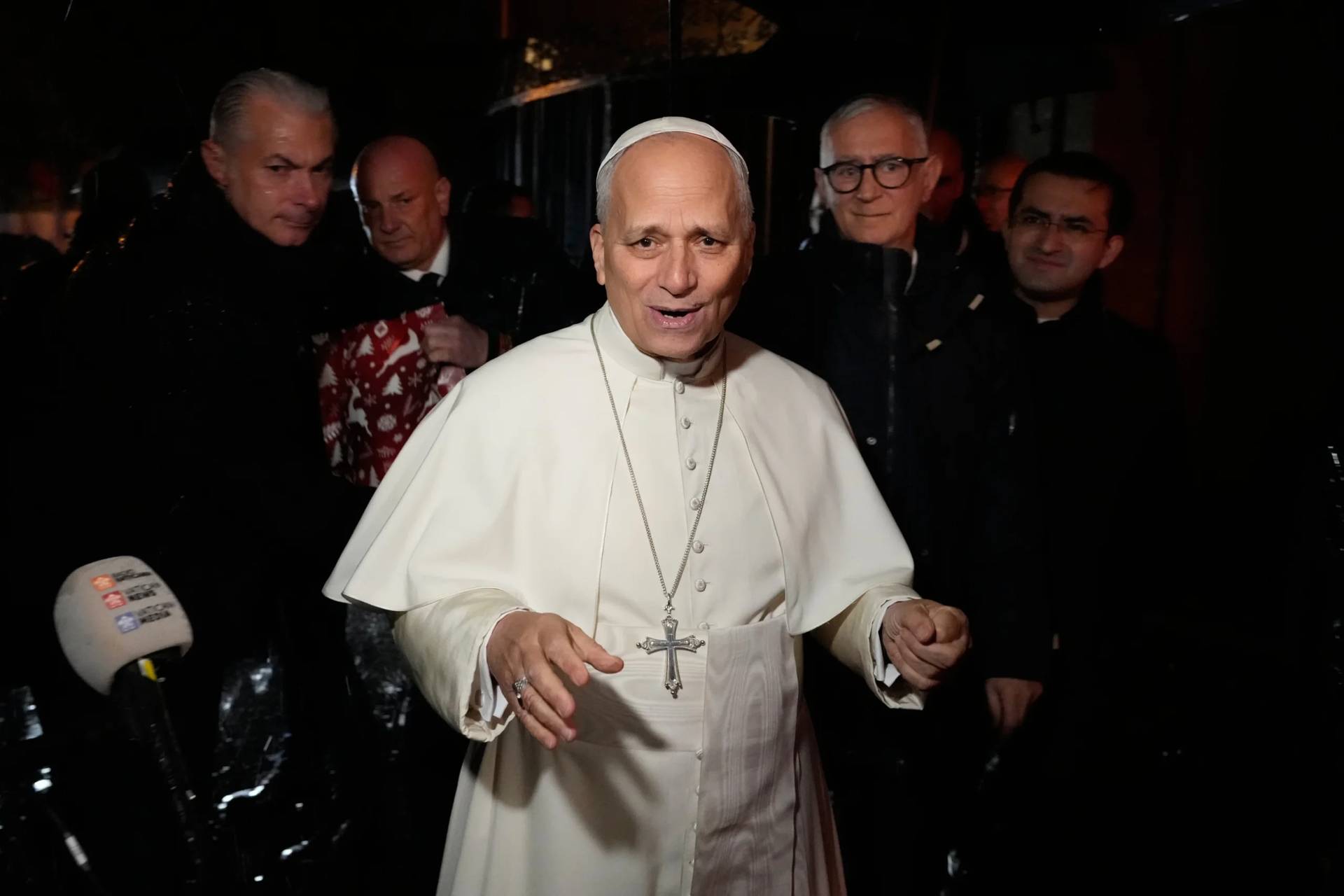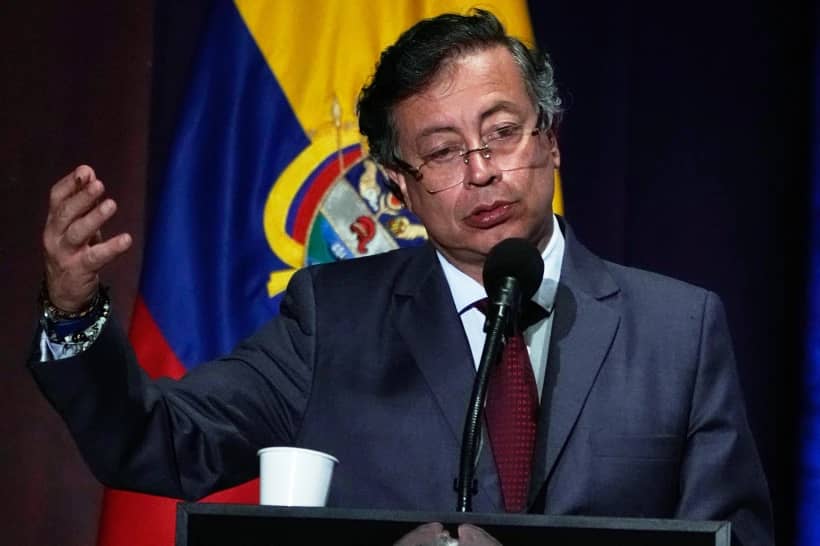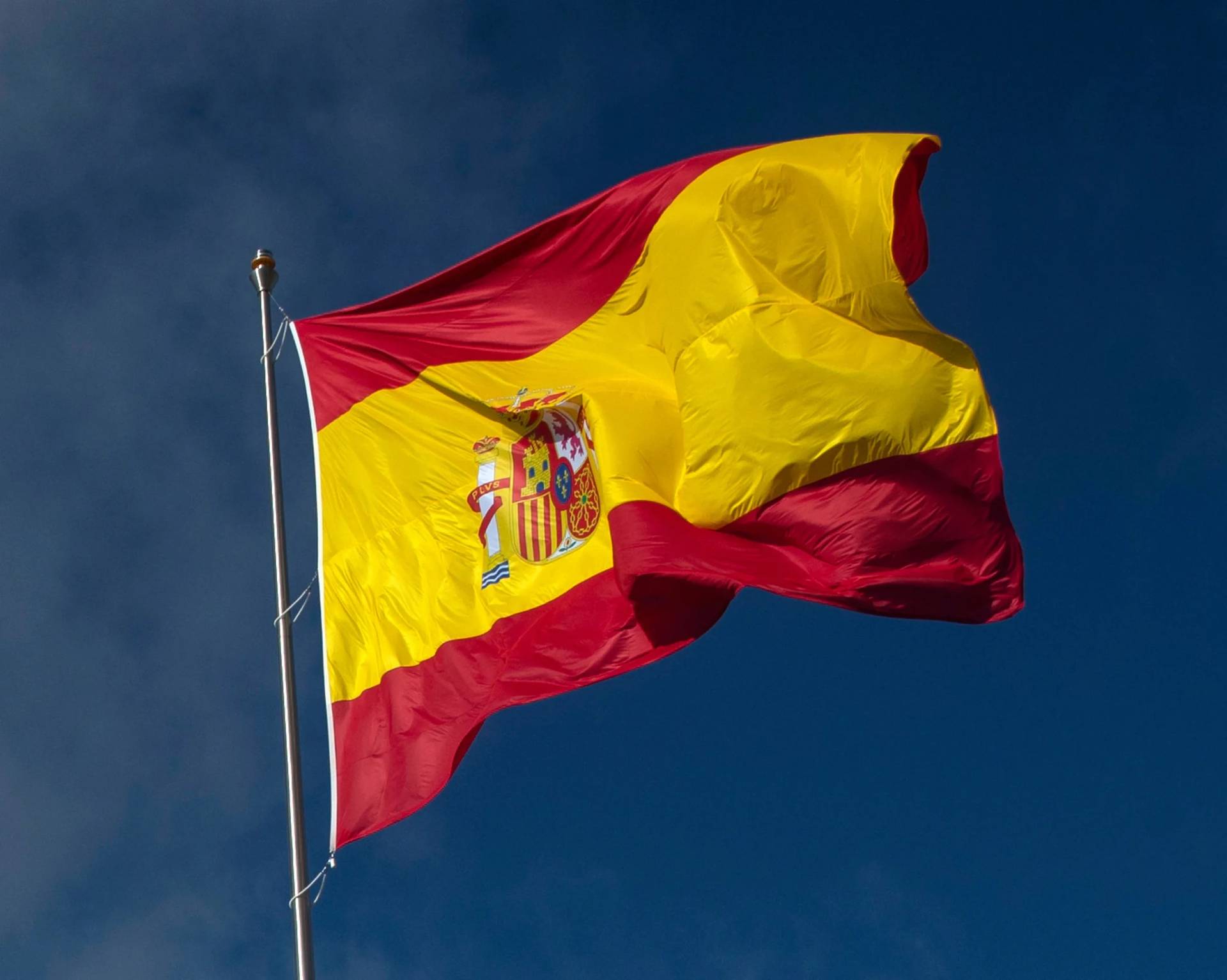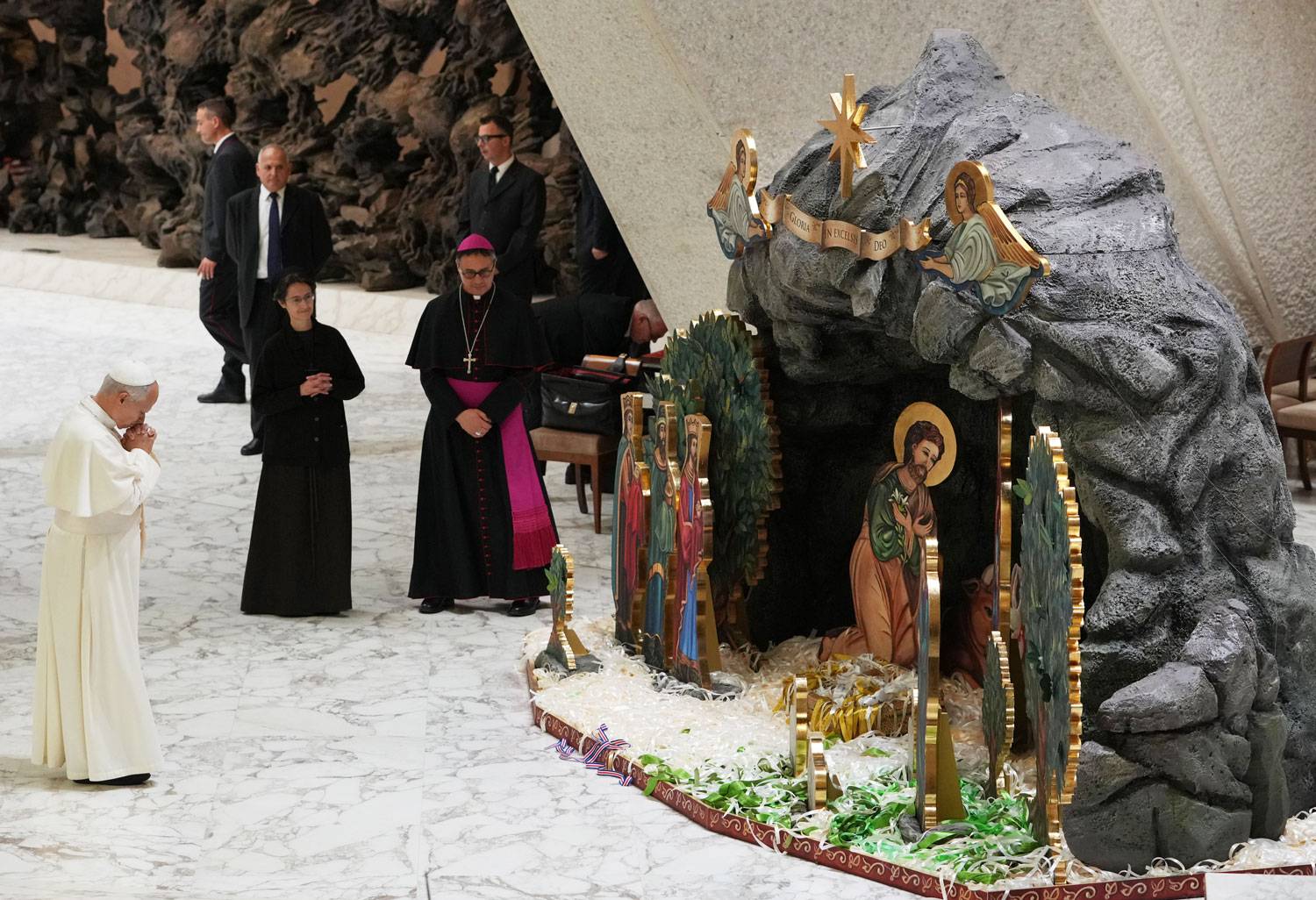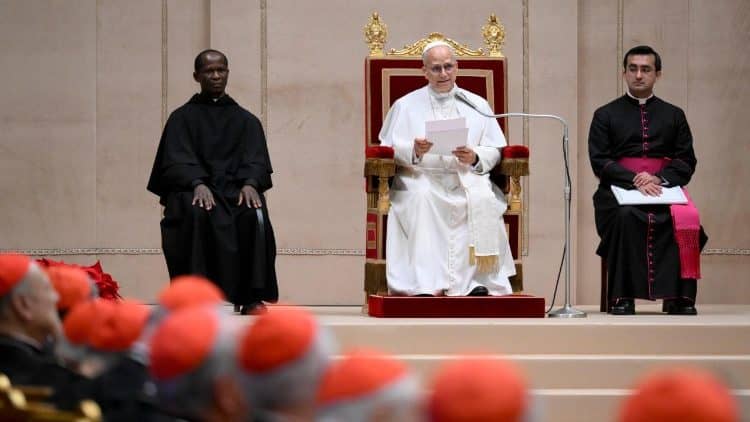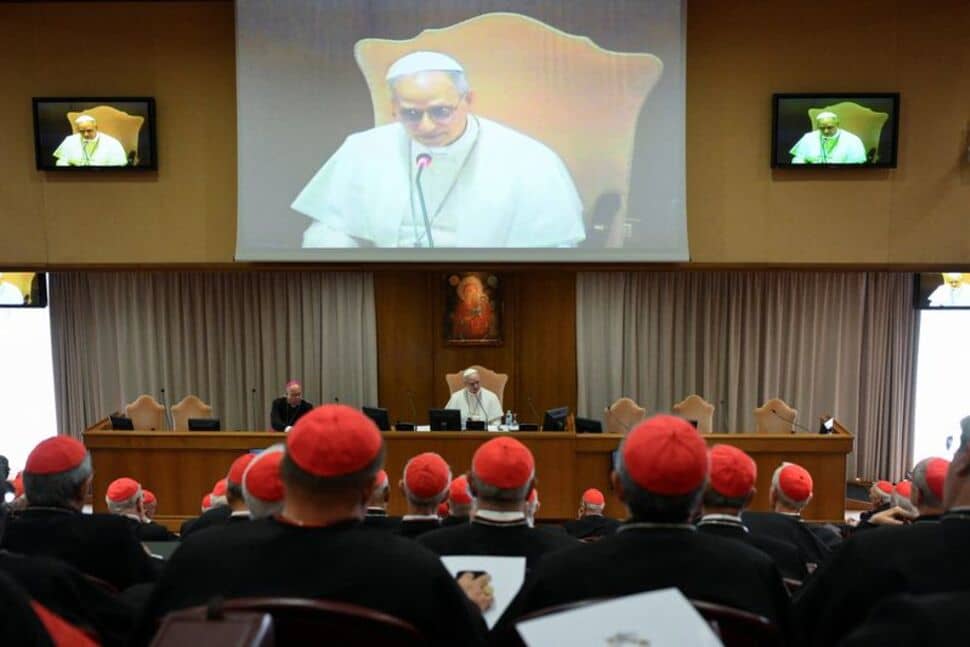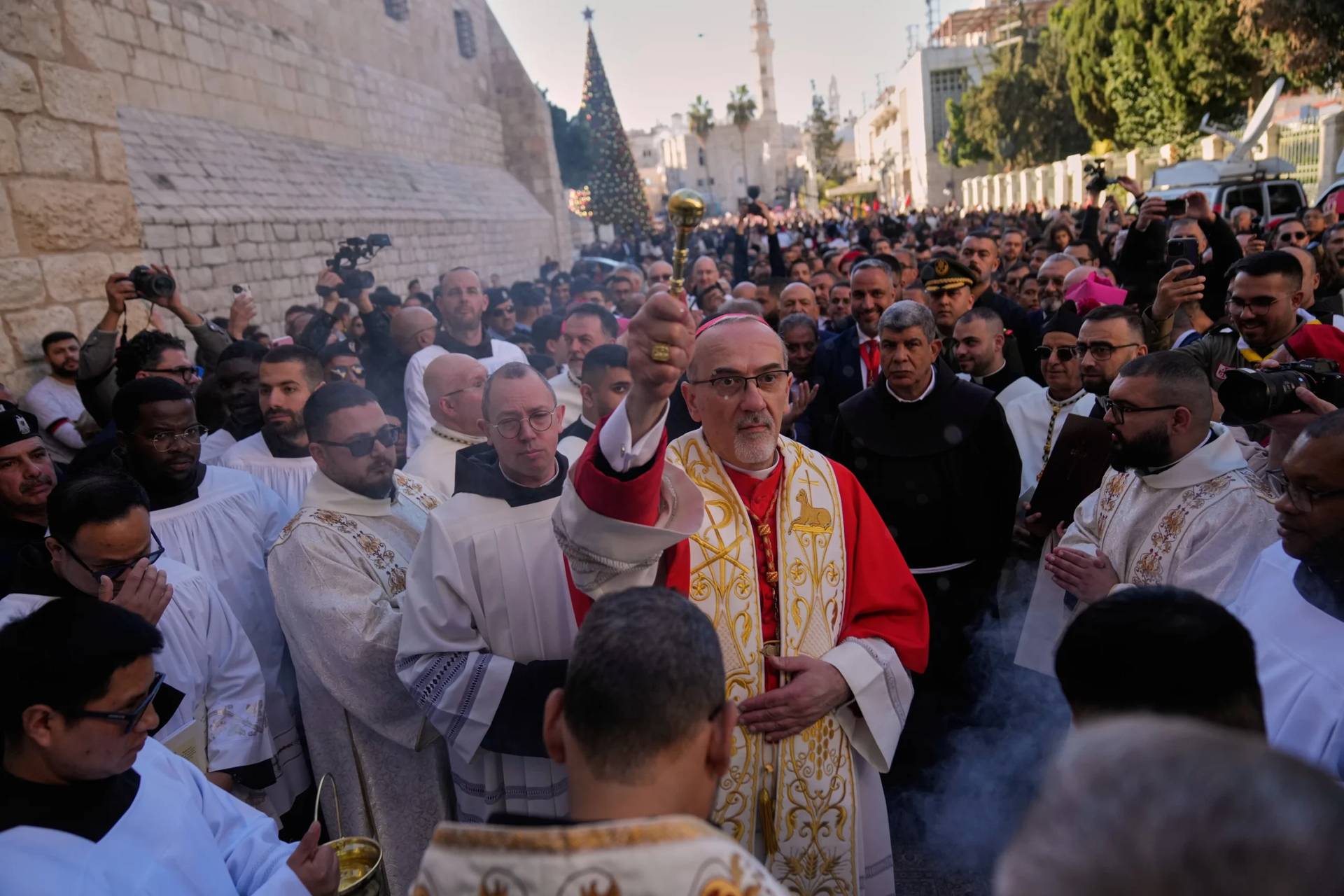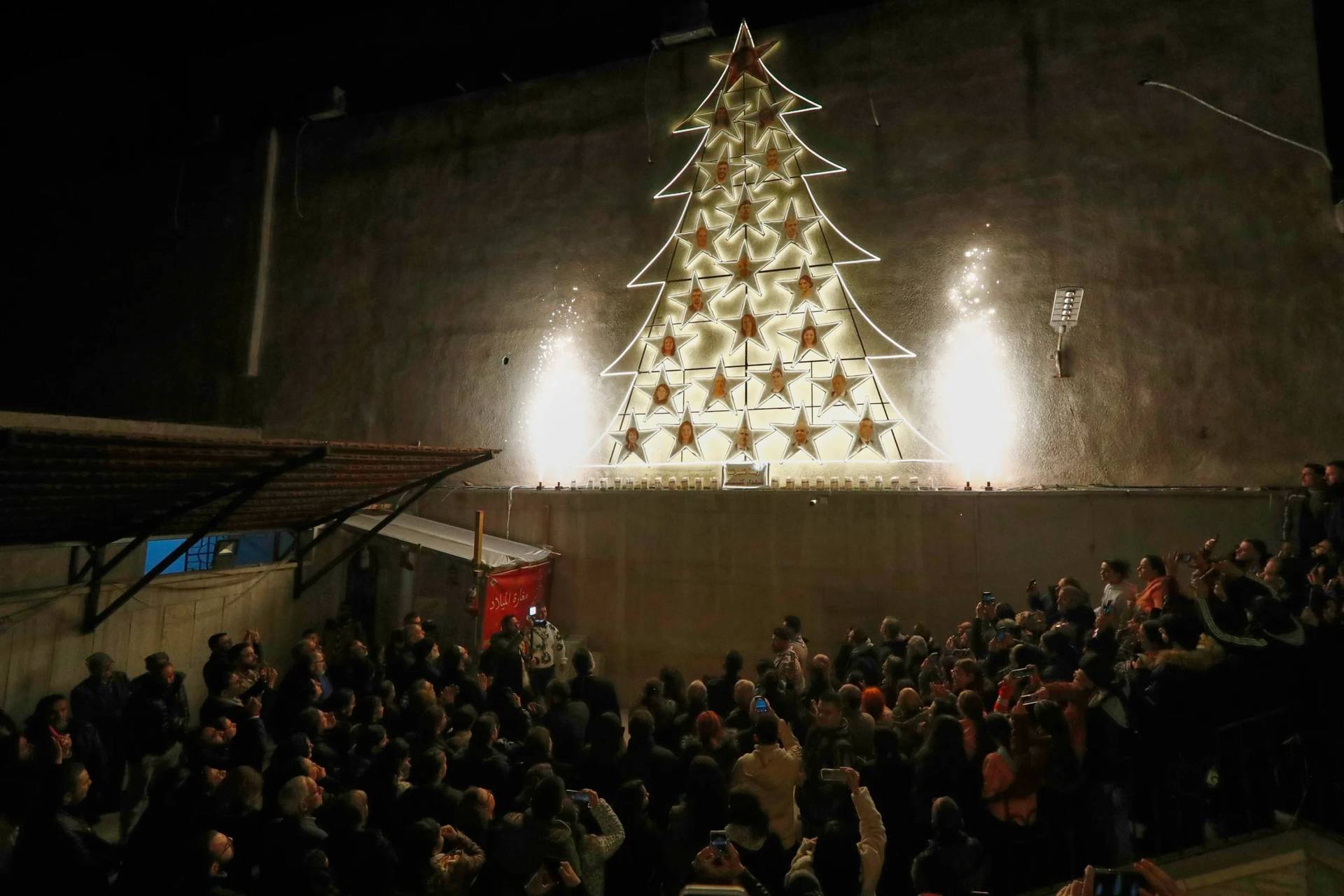Pope Leo XIV called sadness “one of the malaises of our time” during his General Audience on Oct. 22.
Speaking in a rainy St. Peter’s Square on Wednesday, the pontiff said the resurrection of Jesus Christ is an event that “one never finishes contemplating and meditating on, and the more one explores it, the more one is filled with wonder, drawn in as if by an overwhelming yet fascinating light.”
“It was an explosion of life and joy that changed the meaning of reality itself, from negative to positive; yet it did not happen in a striking way, much less a violent one, but gently, hidden, one might say humbly,” Leo said.
The pope said Christ’s resurrection can heal a person from sadness.
“Intrusive and widespread, sadness accompanies the days of many people. It is a feeling of precariousness, at times deep desperation, which invades one’s inner space and seems to prevail over any impetus to joy,” Leo said.
“Sadness robs life of meaning and vigour, turning it into a directionless and meaningless journey. This very current experience reminds us of the famous account in the Gospel of Luke of the two disciples of Emmaus. Disappointed and discouraged, they leave Jerusalem, leaving behind the hopes they held in Jesus, who has been crucified and entombed. In the opening lines, this episode presents a paradigm of human sadness: The end of the objective to which so much energy has been invested, the destruction of what seemed to be the essence of their lives. Their hope is dashed; desolation has taken hold of their hearts,” he explained.
“Everything has imploded in a very short space of time, between Friday and Saturday, in a dramatic sequence of events,” the pope said.
He said it was a “truly emblematic” paradox that “this sad journey of defeat and return to ordinary life occurs on the same day as the victory of light, of the Pasch that has been fully consummated.”
“The two men turn their backs on Golgotha, on the terrible scene of the cross, still imprinted on their eyes and their hearts. It seems that all is lost. They must return to their former lives, keeping a low profile and hoping not to be recognized,” Leo continued.
At a certain point, a traveller joins the two disciples, perhaps one of the many pilgrims who have been to Jerusalem for Easter. It is the risen Jesus, but they do not recognize him.
He said sadness “clouds their gaze” of the Resurrected Jesus, “erasing the promise that the Master had made several times: That he would be killed and that on the third day he would rise again.”
“Jesus listens to them, allowing them to unburden their disappointment. Then, with great frankness, he rebukes them for being ‘foolish … and slow of heart to believe that all the prophets have declared’, and through the Scriptures he shows that Christ had to suffer, die and rise again,” the pope continued.
“The warmth of hope is rekindled in the hearts of the two disciples, and then, when night falls and they arrive at their destination, they invite their mysterious travelling companion to stay with them,” he said.
“May the unexpected joy of the disciples of Emmaus be a gentle reminder to us when the going gets tough,” Leo said.
“It is the Risen One who radically changes our perspective, instilling hope that fills the void of sadness. On the paths of the heart, the Risen One walks with us and for us. He bears witness to the defeat of death and affirms the victory of life, despite the darkness of Calvary. History still has much goodness to hope for,” he told the pilgrims.
